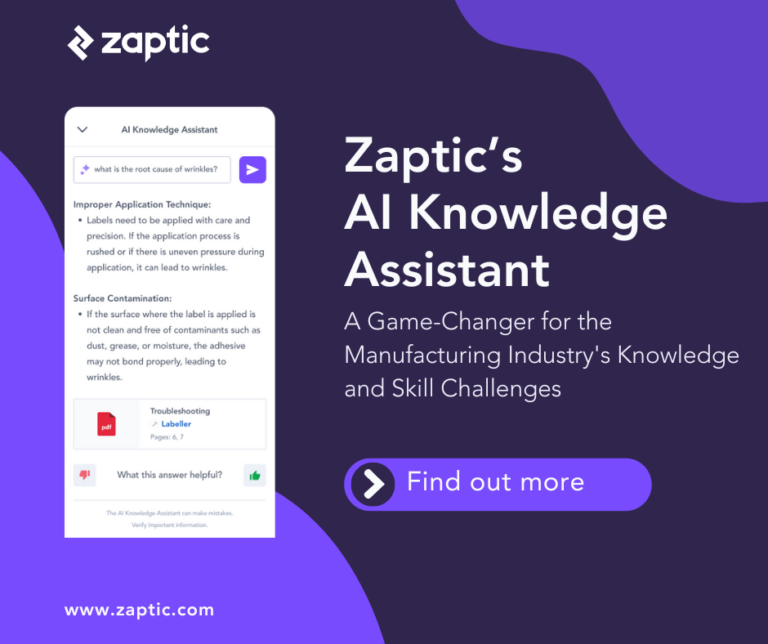
Millennials as a consumer group are expected to spend $10 trillion over their lifetimes in the USA alone.
With customer experience expected to overtake price and product as the key brand differentiator by 2020, consumer packaged goods companies (CPGs) have been quick to develop and implement digital transformations for outstanding customer experience. The focus has fallen on the online touch points of the digital customer journey with billions of dollars spent on e- and m-commerce, interactive websites, customer-facing applications and social media campaigns. On average, millennials spend 53 hours per week online so it is not surprising that they have displayed a number of demands as digital customers, whether researching a product online, using a mobile app as part of a loyalty programme or looking for directions to the nearest store.
However, for many companies, especially retailers, CPGs and quick service brands, these digital touch points are not the only and most important pre-conditions for millennial customer experience. Digital operational excellence, processes rooted in bricks and mortar and executed by the workforce, are just as important in shaping the customer experience. Indeed, with 90% of sales still taking place in bricks and mortar for many categories, millennials have high in-store expectations, but offline experience attributes and operations are too often omitted in digital transformation initiatives.
There is a digital gap in enterprise technology: we have digital customers but not digital workers and processes.
In this article, we outline why this digital gap needs addressing and why CPG, retail and quick service execs need to mobilise resources, talent and effort in the direction of digital operational excellence. In future posts, we will outline why and how digital transformation initiatives can apply the same mobile, social, cloud and analytics technologies that have raised the game in online customer engagement, to the engagement of their deskless workforce and realisation of digital operational excellence.
What do millennials want as offline customers?
If mobility, social and responsiveness are the key attributes of a good online experience in the eyes of millennials, what are some of the key attributes of an excellent offline experience, and why should digital transformation budgets be re-allocated to focus more on digital operational excellence?
1. The Primacy of Bricks and Mortar
In-store standards such as product on-shelf availability, correct pricing and labelling, tidy displays and cleanliness are essential to both sales and the development of brand loyalty. Millennials assess shop floors similar to websites, based on their customer-friendliness, content and organisation. Out of stocks, mispriced products and low hygiene are as off-putting to millennials as a Page 404. Issues with in-store processes cost CPGs and retailers billions of dollars every year. Out of stock losses alone total $630 billion annually [1], which is why CPGs and retailers need to be investing in next-generation retail execution capabilities immediately.
2. Deskless Workforce Productivity and Customer Service
68% of millennials have higher customer service expectations today than they had just one year ago [2]. For deskless workers to meet the expectations of digital customers, they need an equally responsive, mobile and social digital experience in the workplace. A recent survey by Gartner has demonstrated that employees gained nearly a full extra hour in productivity each day, just through the flexibility of mobile devices [3]. Paradoxically, store staff are too often required to leave their mobile devices in the backroom and do not have access to the real-time insights which would help them add value to the customer experience. Instead, millennials resort to their mobiles to quickly get information on brands, products and promotions and even to contact customer service online while in-store.
Millennials value customer service as much as the quality of the product and appreciate a friendly personal approach. The customer service provided is a reflection of company culture. Pret a Manger, for example, has put friendly work environment at the core of its company culture, enabling employees to work with enjoyment which easily catches over the counter and results in better customer service and experience.
3. World Class Manufacturing and Digital Operational Excellence
In the world of manufacturing, six sigma black belts, Kaizens, Pokas and Yokes all help to ensure the quality and affordability of the products we buy. In English, we can simply say that these terms refer in aggregation to “World Class Manufacturing”, itself a technical term introduced to many companies around the world – Chrysler, Fiat, Royal Mail and Unilever amongst them. In a few words, it could be described as a complex approach that helps to manufacture goods of the highest quality at low cost and with minimal resources in a safe and efficient way.
Digital transformation has the capacity to make world class manufacturing the norm across all factories, increasing quality, affordability and the safety of deskless workers who make the products we buy. The British Safety Council has pointed to the measurable benefits of investment in good health and safety practices, with some organisations saving £12 for every £1 spent [4].
4. Supply Chain Sustainability and Transparency
Millennials are committed to supporting a transparent supply chain which ensures not only healthy and fair trade products but also sustainable, transparent production, distribution and employment practices. 81% of millennials who expect companies to display commitment to CSR, would willingly pay more to support it and would publicly condemn its lack [5]. A number of brands have faced mass consumer boycotts under allegations of poor sourcing, production and employment practices despite their strong online presence.
5. When the going gets tough, the tough get going!
Digital operational excellence is not only an under-prioritised initiative, but it is also far more complex. Building a consumer facing app or a responsive website is the easy part of digital transformation. All companies can do this. Integrating digital capabilities into operations and company culture is much more complicated – perhaps why the Home Depot spent four times more on digital operational excellence than on digital customer engagement [6]. Success in digital operational excellence will determine the winners and losers of digital transformation.
In the following series of posts, we seek to explore how the offline characteristics of a great customer experience can be improved by the latest mobile, cloud and analytics technology for digitally-powered customer and employee experience.
{{cta(’55aa20e8-26b7-48a4-9195-a2aab8f7d136′,’justifycenter’)}}
Resources:











